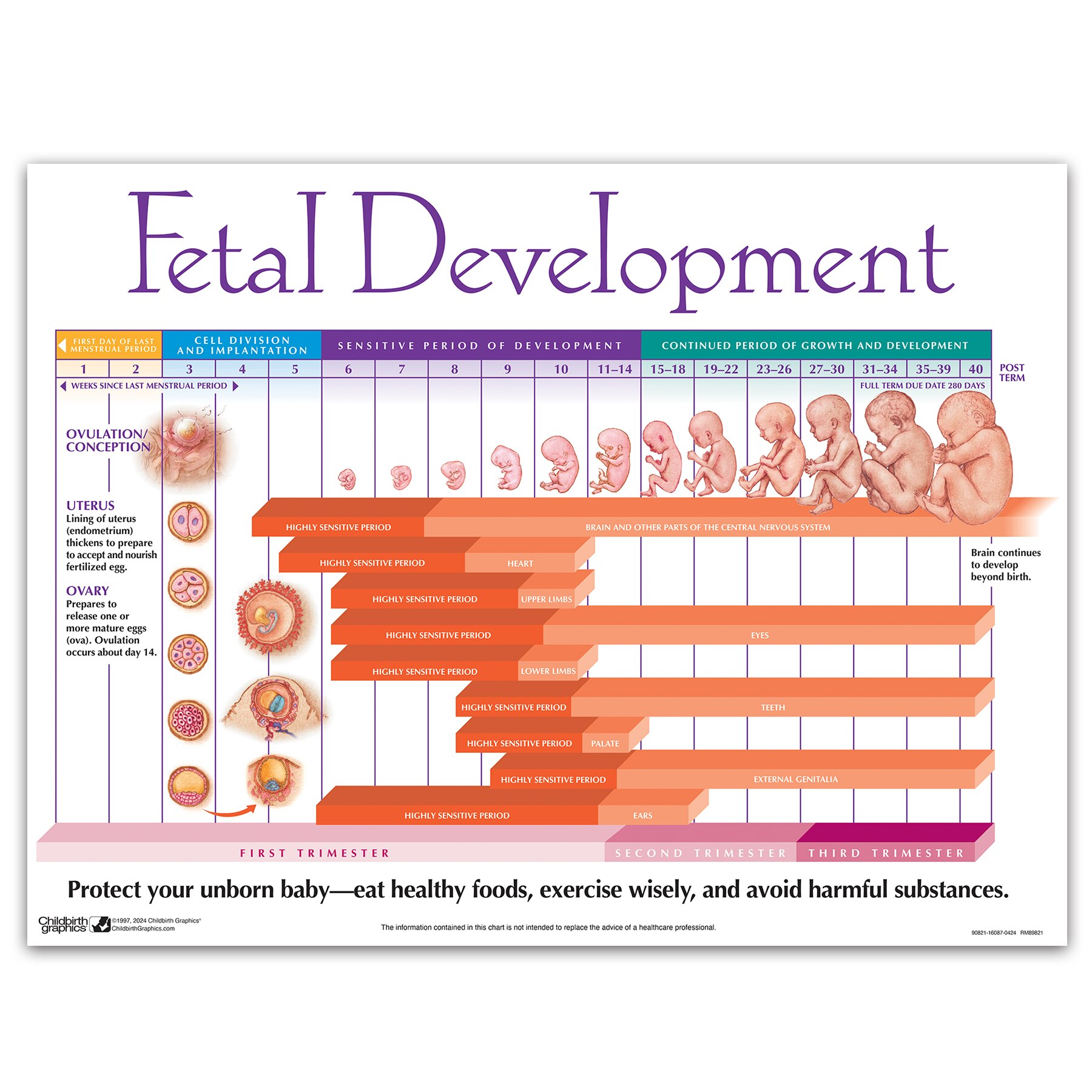

Day 9: Pregnancy test: hCG levels may be high enough to detect pregnancy with a urine or blood test.Day 8+: Cell division and hCG production: Cells that will become the fetus and placenta continue to divide, and the pregnancy hormone (hCG) enters the bloodstream.Day 5-7: Apposition, adhesion and invasion: The embryo makes contact with the endometrium, connects to it and implants.Day 4: Embryo evolution: The blastocyst hatches (if it wasn’t already) and continues to divide and expand.Day 2-3: Embryo development: The morula develops into a blastocyst.Day 1: Embryo development: The embryo develops into an early morula.Day 0: Embryo transfer: The day-3 embryo is transferred to the uterus.What happens after a cleavage stage day-3 embryo transfer The differences come from whether your doctor transfers a pre-blastocyst (you’ll likely hear the term “cleavage stage’ or “day-3 embryo,” which means it developed for three days after fertilization) or a blastocyst, which can be a day-5, day-6 or day-7 embryo. Whether your doctor transfers a fresh or frozen embryo, the process that follows is the same. What happens after an embryo transfer, day by day? It’s only once they are complete that the pregnancy hormone (hCG), which is released by the embryo and can be detected in the maternal blood stream, then gets filtered through the kidneys and can be detected in the urine by an at-home urine pregnancy test. These implantation steps happen over two to three days after the embryo has hatched. Invasion: when the blastocyst’s outer cells penetrate the uterine wall.

Adhesion: when the attachment between the embryo and endometrium occurs.Apposition: when the blastocyst lands near the uterine wall and forms an initial, very loose connection-think of this as the embryo hovering over the site of implantation.There are three key steps that scientists have identified as part of implantation: Implantation is a multi-step process where the blastocyst embryo (it’ll first break out of its shell, called the zona pellucida) attaches itself to the wall of the uterus. So even if a day-3 embryo is transferred, it must go through these developmental stages within the uterus before implanting. But sometimes, in a fresh embryo transfer cycle, the most developed embryo on the day of transfer is not yet a blastocyst, so a morulae-stage embryo is transferred with the hopes that it continues its development inside the uterus.Īn embryo must develop through from cleavage stage, to morula and on to a blastocyst, when an embryo implants in the uterine lining (endometrium). Often, embryos are at the blastocyst stage when they are transferred to the uterus during IVF (either in a fresh or frozen embryo transfer cycle). Day 5-7: Blastocyst: the mass of cells that now has two defined layers: the trophectoderm (outer cells that eventually become the placenta) and the inner cell mass (inner cells that eventually become a baby).Day 4: Morula: the embryo that now has about 10 to 30 cells that continue to divide-its name comes from the fact that it looks like a mulberry.Day 2-3: Two-cell to eight-cell stage: the embryo after its first few cell divisions, also called cleavage stage.But there are several stages of embryo development that happen before that: What are the stages of embryo development?Įmbryo development begins with the successful fusion of sperm and egg it’s an umbrella term for the developing cluster of cells that, in pregnancy, eventually becomes a fetus.

Here, we break down the process of embryo implantation day by day. For some, distraction is key, while others like to be able to visualize what might be happening with that little embryo. The waiting period after an embryo transfer can feel excruciatingly long.


 0 kommentar(er)
0 kommentar(er)
